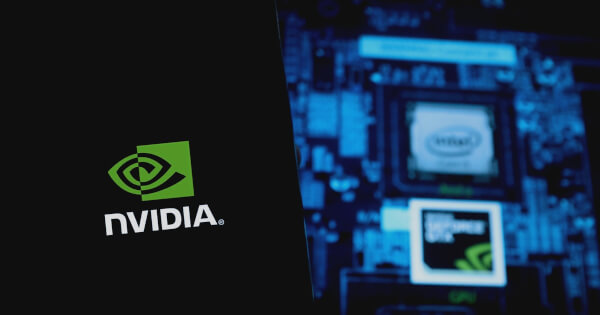NVIDIA’s TensorRT, a leading inference library for deep learning applications, received a significant upgrade with the release of version 10.0. A key feature of this update is the introduction of weight-stripped engines, designed to optimize deployment size and performance for AI applications.
This article delves into the details of weight-stripped engines, exploring their benefits, limitations, and how they revolutionize AI deployment on NVIDIA GPUs.
What are Weight-Stripped Engines?
Traditional TensorRT engines bundled both the execution code (CUDA kernels) and the model weights. Weight-stripped engines, introduced in TensorRT 10.0, represent a paradigm shift. They contain only the essential execution code, resulting in significantly smaller engine sizes compared to their full-weight counterparts. During the build phase, a minimal set of weights is used for optimization, ensuring performance remains high when the engine is refitted with the complete weights later. This approach supports various network definitions, including the popular ONNX format.
Benefits of Weight-Stripped Engines
- Reduced Deployment Size: Weight-stripped engines achieve a staggering compression ratio, often exceeding 95% for Convolutional Neural Networks (CNNs) and Large Language Models (LLMs). This translates to significantly smaller application binaries, allowing developers to pack more AI functionality into their applications without size constraints.
- Faster Deployment and Updates: Weight-stripped engines enable on-device refitting with the complete weights from the model file (like ONNX) directly on the user’s device. This eliminates the need to rebuild the engine for every weight update, leading to faster deployment cycles and enabling continuous improvement of AI models.
- Improved Compatibility: Weight-stripped engines are compatible with minor TensorRT updates and function seamlessly with the lean TensorRT 10.0 runtime (~40 MB). This ensures compatibility with next-generation GPUs without requiring application updates.
Building and Deploying Weight-Stripped Engines
Building a weight-stripped engine involves using real weights during the optimization process. TensorRT leverages these weights to make informed decisions about computation folding and fusion optimizations, ensuring peak performance when refitted with the complete set. The TensorRT Cloud (currently in early access) can further simplify the creation of weight-stripped engines from ONNX models.
Deployment is straightforward. Applications can refit the weight-stripped engine with the full weights in seconds on the target device. This refitting process is efficient and maintains the fast deserialization speeds that TensorRT is known for. The lean runtime ensures compatibility with various devices without requiring app updates.
Case Study: Performance Metrics
A case study conducted on an NVIDIA GeForce RTX 4090 GPU using the SDXL format with FP16 precision showcased a compression ratio exceeding 99%. The table below highlights the dramatic size reduction achieved:
| Model Name | Full Engine Size (MB) | Weight-Stripped Engine Size (MB) | Compression Ratio |
|---|---|---|---|
| clip | 237.51 | 4.37 | 98.1% |
| clip2 | 1329.40 | 8.28 | 99.38% |
| unet | 6493.25 | 58.19 | 99.11% |
Limitations and Future Developments
Currently, weight-stripped engines in TensorRT 10.0 require refitting with the exact weights used during the build process to guarantee optimal performance. Granular control over which weights to strip is not yet available, but future releases may address this limitation. Additionally, support for weight-stripped engines in TensorRT-LLM is on the horizon, with internal tests demonstrating significant compression on various large language models.
Integration with ONNX Runtime
The weight-stripped functionality of TensorRT 10.0 has been integrated into ONNX Runtime (ORT) version 1.18.1 and above. This allows developers to leverage the benefits of weight-stripped engines through familiar ORT APIs. This integration streamlines deployment for diverse hardware configurations by reducing shipment sizes. Notably, the ORT integration utilizes EP context node-based logic to embed serialized TensorRT engines within an ONNX model. This eliminates the need for separate builder resources and significantly reduces setup time.
Related Post: Bitfarms Enacts Shareholder Rights Plan to Counter Riot Platforms’ Takeover Attempt
Conclusion
Weight-stripped engines in TensorRT 10.0 represent a game-changer for deploying AI applications on NVIDIA GPUs. By enabling significantly smaller application sizes, faster deployment cycles, and improved compatibility, weight-stripped engines pave the way for the widespread adoption of AI in various industries. The ability to refit engines on-device with improved weights opens doors for the future of generative AI models and continuous learning.





